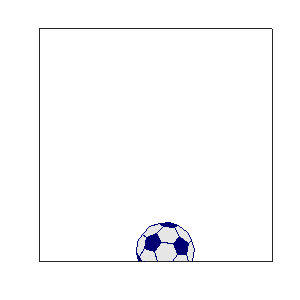
Nick Higham passed away last Saturday. Nick was a close friend of mine and a great friend of MATLAB. I will leave it to others to describe his research and teaching, his many honors, and his service to our community, especially SIAM. I have just a few, more personal, comments.... read more >>










